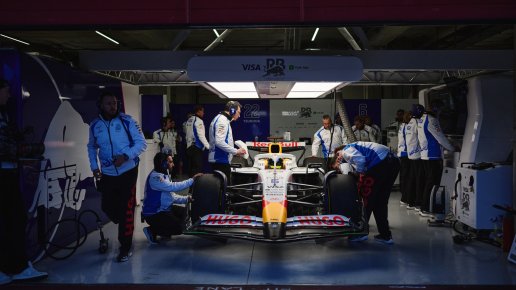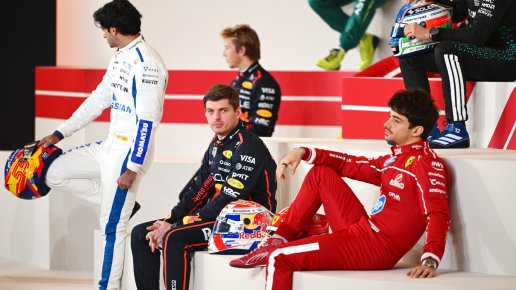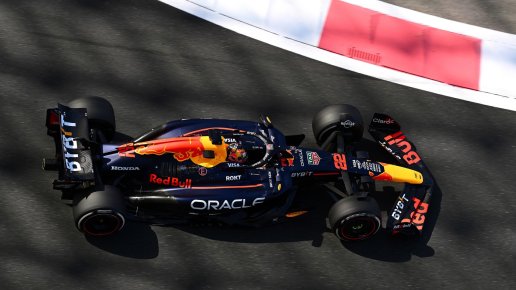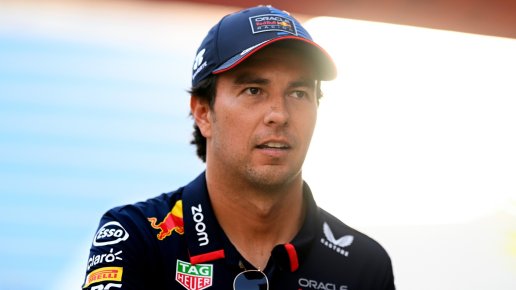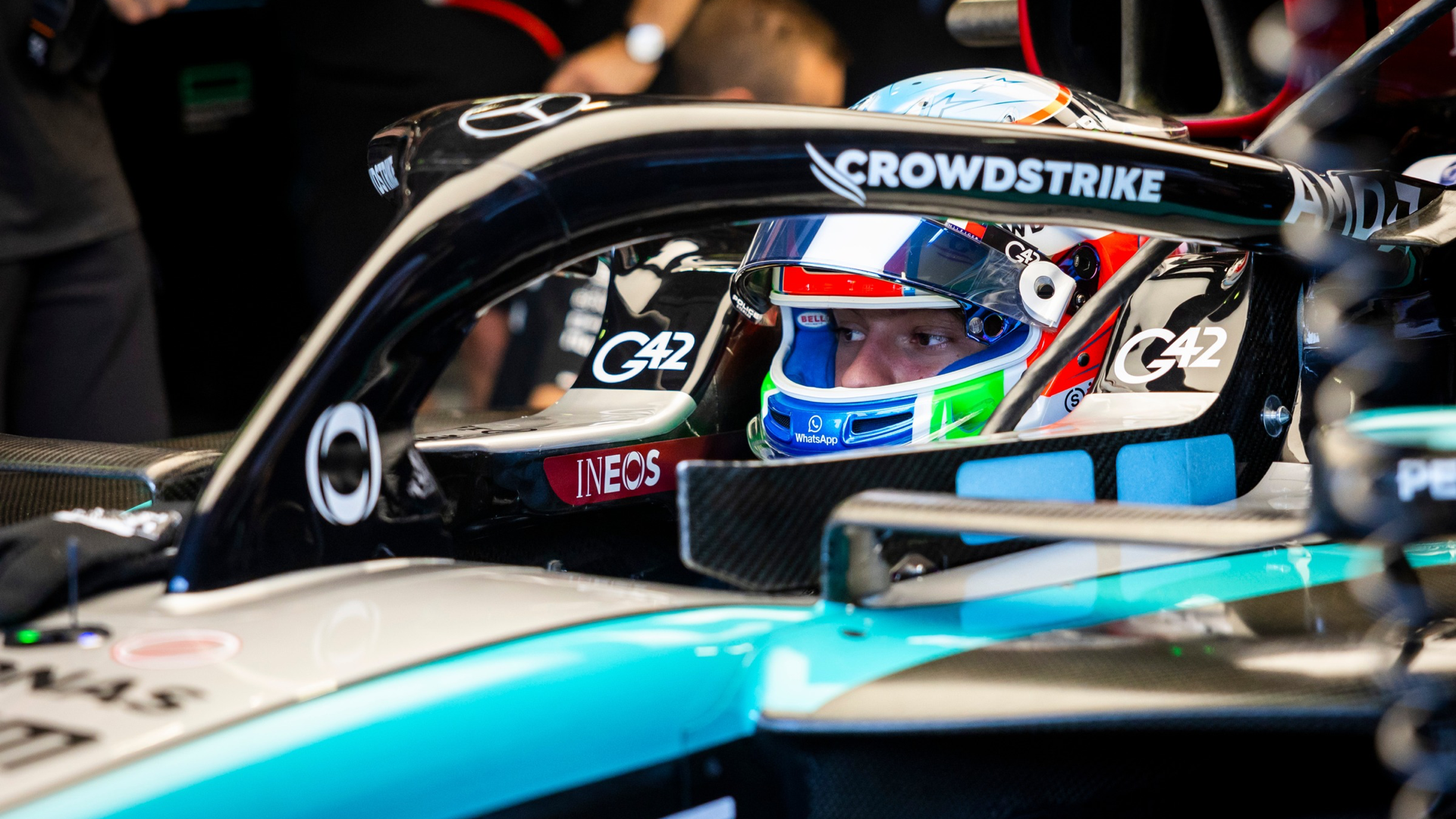
The impact of Antonelli’s crash in FP1 was bigger than at some worse-looking accidents over last decade
Tereza Hořínková
News.gp journalist and a girl with big dreamsIt wasn’t a good start to the weekend for Mercedes as Kimi Antonelli crashed in his FP1 debut during the Italian Grand Prix on Friday. The offical statement says that the impact of the crash was 52G, which was really surprising as the crash didn’t look that bad from the outside, especially compared to some recorded G forces in worse-looking crashes over the last decade.
F1 & MotoGP news to your inbox every day.
THE IMPACT OF ANTONELLI’S CRASH WAS 52G, WHICH IS WORSE THAN…
Max Verstappen’s crash - 2021 British Grand Prix (51G)
At the 2021 British Grand Prix, the two championship contenders, Max Verstappen and Lewis Hamilton, collided on the opening lap while battling for the lead. As they approached the high-speed Copse Corner, Hamilton attempted to pass Verstappen on the inside, resulting in contact that sent Verstappen crashing heavily into the barriers at around 51G. The crash ended Verstappen's race, but despite the severity of the impact, he was able to walk away uninjured. The incident was highly controversial, with Hamilton receiving a 10-second penalty but still going on to win the race.
Verstappen and Hamilton collide!
— Formula 1 (@F1) July 18, 2021
The title rivals come together at Copse, pitching Verstappen into a high-speed crash.
The Dutchman was able to walk away but he has been taken to hospital for precautionary checks#BritishGP 🇬🇧 #F1 pic.twitter.com/ol1s9dRJoa
Fernando Alonso’s crash - 2016 Australian Grand Prix (46G)
At the 2016 Australian Grand Prix in Melbourne, Fernando Alonso was involved in a dramatic crash on the opening lap. After a collision with Esteban Gutierrez’s car, Alonso's McLaren went airborne and slammed into the barriers at high speed with the force of 46G. The crash was severe, with the car's front end being heavily damaged, but Alonso got out of the wreck of his car remarkably unharmed.
Red flag still out while debris is cleared. Both Alonso & Gutierrez walked away from the incident #AusGP pic.twitter.com/a8YpsiQZTl
— Formula 1 (@F1) March 20, 2016
Carlos Sainz’s crash - 2015 Russian Grand Prix (46G)
During the 2015 Russian Grand Prix in Sochi, Carlos Sainz lost control of his car at 307 km/h when he braked and the rear wheels locked. He first hit the wall on the left side of the track at 204 km/h, and then secondly crashed into the TecPro barriers at 150 km/h, with a force of 46G.
Marcus Ericsson’s crash - 2018 Italian Grand Prix (28G)
Marcus Ericsson walked out relatively uninjured after his 28G crash during the practice session in the 2018 Italian Grand Prix. Ericsson’s Sauber crashed into a wall and rolled over three times after it seemed that his DRS failed to close during braking. The car eventually came to a stop on its wheels, and Ericsson was assisted by marshals and taken to the medical center at Monza.
At the end of the day, the most important thing is that Kimi Antonelli jumped out of the car completely unharmed and will definitely learn from it. He will have a lot of time to show his potential during the 2025 season as he was announced as a driver for Mercedes today.
